Deep Core Muscles
What is a Deep Core Muscles?
Deep core muscles refer to the group of muscles located deep within the core region of the body. These muscles provide stability, support, and control for the spine and pelvis. They play a crucial role in maintaining proper posture, transferring forces between the upper and lower body, and protecting the spine during movement.
- When we say “the core” it refers to a group of muscles, not just only one. The core is the group of muscles that are located at -the trunk and hip, it covers the trunk and hip. Deep core muscles cover the spine, abdominal viscera, and hip core muscles, which are extremely important because they maintain proper posture. Core muscles bring stability and strength.
- These deep muscles have the unique capacity to turn on before starting the movement to control the mid of the body.
List of Deep Core Muscles:
- Rectus abdominis – (at the front).
- Internal and external obliques – (on sides).
- Transversus abdominis – (wraps around your midsection horizontally).
- Erector Spinae – (next to your spine).
- Multifidus – (runs along your spine).
- Quadratus Lumborum – (in your lower back, above your hips).
- Diaphragm – (on the top, or the roof, of your core).
- Pelvic floor muscles – (these make up the bottom, or floor, of your body).
Together, these deep core muscles work to provide support and strength for your abdomen. The deep core muscle includes the diaphragm, pelvic floor, Transverse Abdominis, and multifidus muscle. These core muscles work combined to provide support for your entire body. If one is overactive or engaged incorrectly, also dysfunction may result.
The Core Units
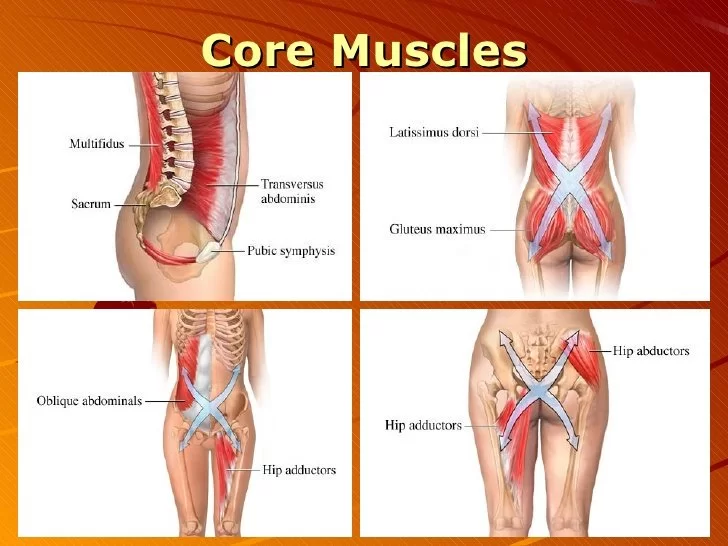
The core units consist of an inner and an outer unit. These units are always working together to allow us to execute simple daily tasks, to provide more advanced performance.
The Inner Unit :
- The deeper group of muscles is also known to be the ‘inner core’.
- It is also known as ‘the anticipatory core’.
- The inner core unit is known to be the deep core.
- The deep core muscles work as the spine’s safety belt.
- These intrinsic core stabilizers provide support and stabilize the spine.
- These muscles work with the glutes and the hip flexors to stabilize the pelvis.
- The deep core includes the following muscles:
Deep Inner Core Stability Muscles of the lower spine include – Transversus Abdominis (TA), Multifidus (MF), Pelvic Floor (PF) & Diaphragm.
(1) Transversus Abdominis (TA) :
- It is the deepest abdominal muscle.
- These muscle work like a belt around your waist, to protect your spine.
- It is also known as a “corset muscle” which covers the spine and pelvis. In the representative situation, TA contracts in anticipation of body motion to protect the spinal joints, ligaments, discs, and nerves.
- The transverse abdominis plays an especially important role; it extends from your lower ribs to the top of your pelvis, and its horizontal fibers surround your abdomen like a built-in back brace.
(2) Multifidus:
- It is another crucial muscle stabilizer that is connected to the pelvis.
- These muscles are very short muscles that run from the transverse processes (on the sides) of one vertebra up to the spinous process of the next vertebra upwards.
- Their primary function is to provide back stability.
- They don’t build a substantial range of motion, it makes the effort to provide small, “fine-tuning” postural changes at all times.
(3) Pelvic Floor & Diaphragm:
- It provides stability and support to the pelvis.
- Transverse Abdominis and Multifidus work with your pelvic floor and diaphragm to make a flexible but stable area around your lumbar spine.
- Its ability to stabilize your lumbar spine in many positions authorizes you to overcome back issues and reduce your reoccurrence chances.
Function of the Core muscles are:
- For proper load.
- Balance the spine, pelvis, and kinetic chain.
- It spares the spine from the excessive load
- It is also essential for the load transfer -between the upper and lower body.
- If we have a strong, stable core it helps us to prevent injuries.
- To provide the needed spinal stability :
The muscles that work in groups are the Abdominal, gluteal, hip girdle, paraspinal, and other muscles too. There is also present an -upper quadrant core (glenohumeral and scapulothoracic joints lower quadrant core (hip and trunk). These are Core Trunk Muscles: Abdominals; thoracolumbar; lumbar and lateral thoracolumbar muscles. Core Hip Muscles are the Hip flexors, extensors, abductors, adductors, and rotators.
- The core can be explained as a muscular box with the abdominals at the front, the paraspinal and gluteals in the back, the diaphragm as the roof, and the pelvic floor and the hip girdle musculature at the bottom. A total of 29 pairs of muscles are present in the box, which helps to stabilize the spine, the pelvis, and the kinetic chain during functional movements. Without the presence of these muscles, the spine will become mechanically unreliable with compressive forces which are: less than the weight of the upper body.
Stabilizers and Global Movers:
The core muscles are divided into two groups: (1) stabilizers, and (2) global movers.
A coordinated contraction of all the stabilizers and global movers is required for optimal spinal stabilization.
The stabilizer muscles include :
- Pelvic floor
- Transversus abdominis
- Internal Obliques
- Multifidus
- Diaphragm
The global movers/muscles include :
- Rectus abdominis
- External obliques
- Erector spinae
- Quadratus lumborum
- Hip muscle groups
Muscle Types:
The core muscles are composed of the slow-twitch and fast-twitch muscle fibers, along with the stabilizers; having a large postural component and are slow twitch, and the global movers are fast twitch.
[A] Slow-twitch fibers:
Constitute primarily the local stabilizing muscle system – (the deep muscle layer)
Shorter muscles in length, enhance for controlling the intersegmental motion, which is necessary for postural and extrinsic loading responses.
[B] Fast-twitch fibers:
It is made up of a global muscle system (the superficial muscle layer). They are long and had a large lever arm, which produces a large amount of torque and gross movements
Myofascial Girdle:
(i) Thoracolumbar Fascia :
The thoracolumbar fascia (TLF) and the erector spinae aponeurosis (ESA) play an important role in the biomechanics of the spine. The core goes through the thoracolumbar fascia (TLF) and the Erector Spinae Aponeurosis (ESA) which is an evaluative part of the myofascial girdle that covers the lower portion of the torso. With the contraction of the muscular contents, TLF and ESA also role as a proprioceptor, providing feedback about trunk positioning.
(ii) Erector spinae aponeurosis (ESA):
It is a common aponeurosis that merges with the thoracolumbar fascia, with a proximal attachment located on the sacrum and the spinous processes of the lumbar vertebrae, for the three erector spinal muscles, and overlying the inferior portion of the erector spinal muscles.
(iii) TLF:
It is a structural compound made out of aponeurotic and fascial planes that combine together to surround the core muscles. It stabilizes the lumbosacral spine and helps as a hoop around the trunks.
Exercise of Deep Core Muscles
Core Strengthing Exercise:
- One of the finest core strengthening positions involves lying on your back with your knees bent. Then place your fingers towards the middle of the anterior superior iliac spine (ASIS). Now as you breathe out, carry out a Kegel contraction. Then you can feel a Kegel contraction by squeezing your pelvic floor muscles. Now hold the position for five seconds. Then relax.
(1) Reverse star jump:
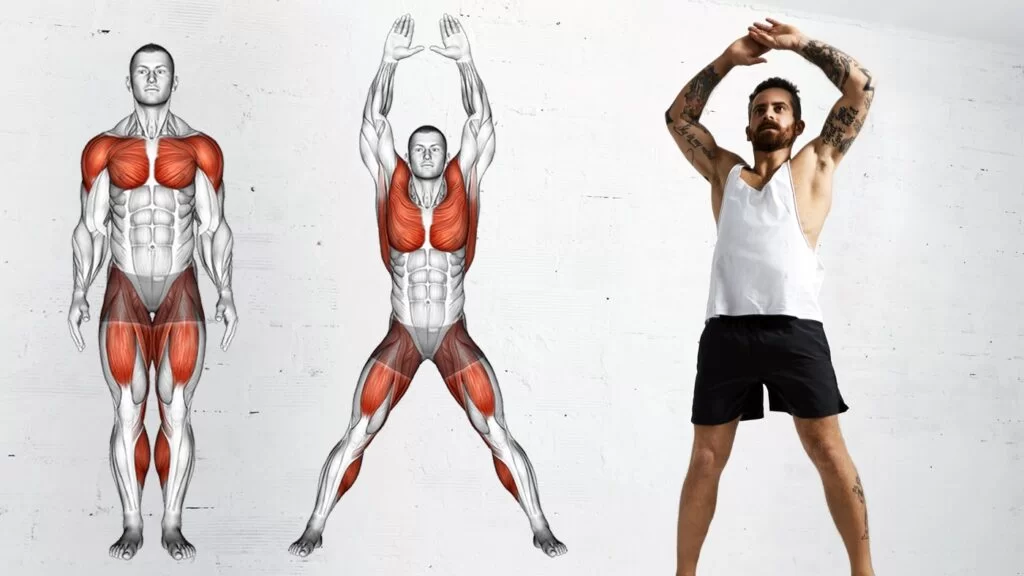
- Reason to perform: On working at your inner core muscles, while doing plyometrics prepares them for running.
- How to perform: Stand with your feet wide, and arms overhead. Inhale and feel your belly rise.
- Then exhale as you lift your pelvic floor up.
- Continue to exhale.
- Then jump on your feet together and lower your arms.
- Then step back out.
- Repeat this 10 times.
- Progress it to the full-speed jumps.
(2) Ski jump :
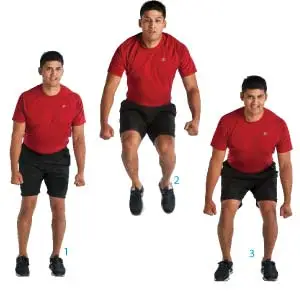
- Reason to perform: Helps you to find the neutral alignment while bending.
- How to perform: First of all, stand in a neutral posture/ position.
- Now lean forward from your ankles, And shift your weight to your forefoot.
- Don’t push it in your bum.
- Now, Exhale and inhale.
- Repeat this a few times.
- Do this until you have a feel for breathing in this position.
(3) Squat with pull-down
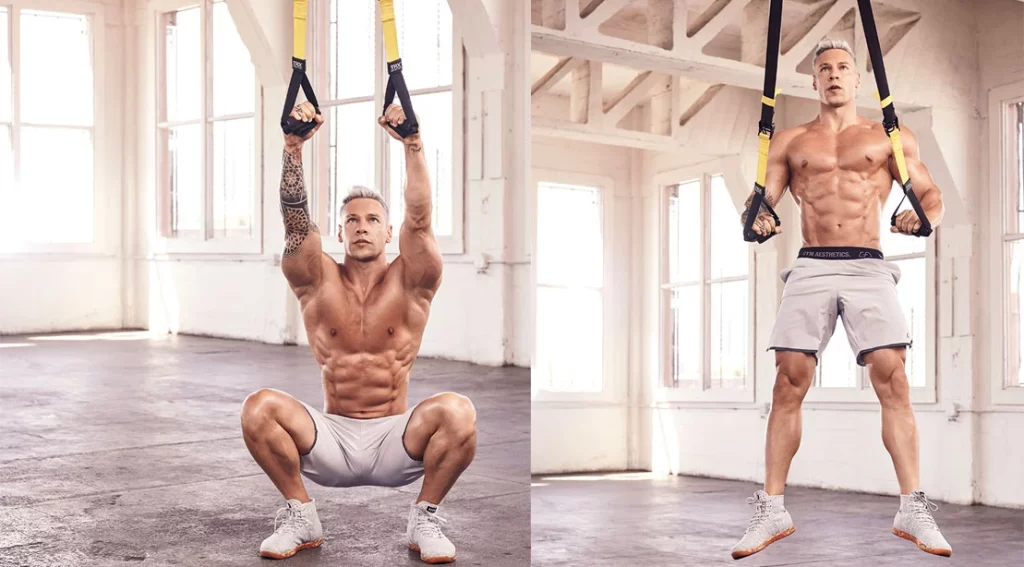
- Reason to perform: To work your glutes and back. And also it recruits your inner core for stability.
- How to perform: First, attach a resistance band overhead.
- Now hold both handles.
- And step back when your arms are straight.
- Then inhale and perform a squat.
- Exhale; and lift your pelvic floor.
- And keep exhaling as you return to standing while pulling the handles to your hips.
- Now, Inhale and squat again, while returning your arms to the starting position.
- Repeat this five to 10 times.
(4) Weight shift :

Reason to perform: It activates your inner core.
How to perform:
- On your hands and knees.
- First, inhale.
- Now feel your belly expand and the pelvic floor soften.
- Now exhale, as you lift your pelvic floor up.
- Continue to exhale, as you bring it forward, your shoulders will go by passing to your wrists.
- If you overestimate the curve present in your lower back, you have gone too far.
- Reset this, by performing an inhale.
- Repeat this 10 times.
(5) Goblet Squats
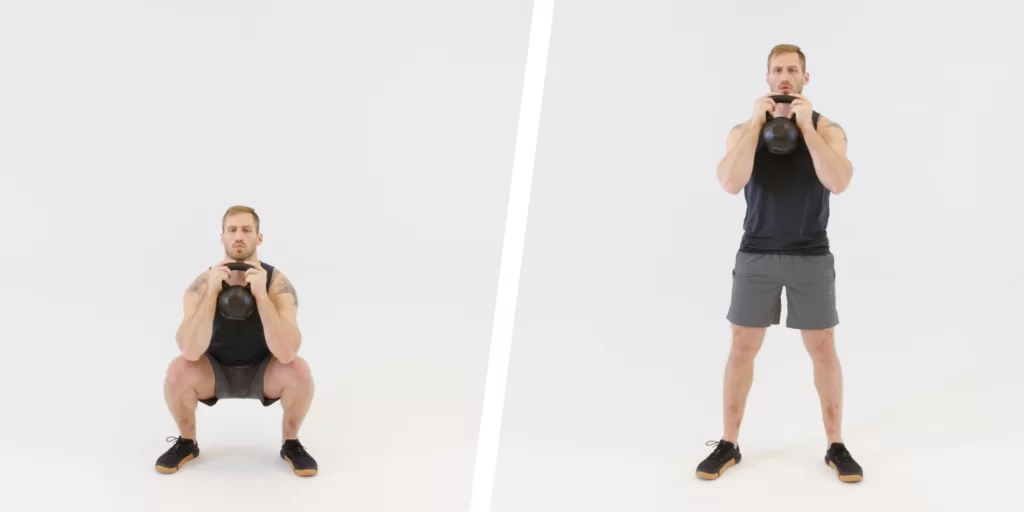
Reason to perform: There are so many benefits linked to weight lifting such as increasing bone density, reducing the risk of osteoporosis, improving body composition to reducing the risk of type 2 diabetes mellitus. It is an outstanding way to activate and strengthen your deep core muscles. In addition, it happens to work with free weight. Deep core muscles like TVA and multifidus, ( one of the deepest layers of muscles back). So grab some dumbbells, soup cans, or a baby and start lifting. Just remember to try to keep your back tall, and your gaze forward, and always start small and progress slowly.
How to do a goblet squat:
- Using both hands, hold the weight close to your chest and stand with your feet slightly wider than hip distance apart with your toes slightly turned out.
- Pull your belly button inside towards your spine to strengthen your core muscles.
- Now keep your core engaged, and then push your hips back and bend your knees to drop into a deep squat position.
- Tip: Try to keep your back straight and your chest facing forward throughout.
- Hold this position before squeezing your glutes to straighten your legs and return to standing.
(6) Bridge with Marches :
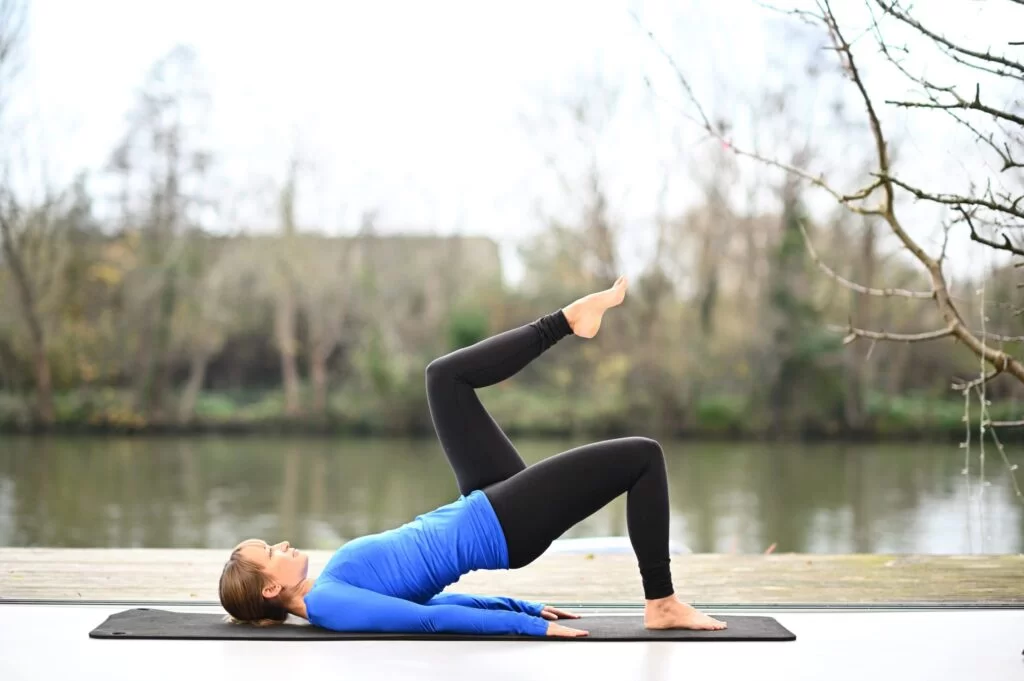
How to do a bridge with marches:
- Start by laying on your back with your knees bent and keep your legs and hips distance apart.
- Exhale, and now lift your hips up into a bridge position. Now from here, lift your one leg up to a table at the top position while
- keeping your hips level. Repeat the same with another leg.
- Tip: Ensure that your core must be pulled in, towards your spine, and activated for the duration of the movement.
- Try to keep your hip bones at level, imagining that you are balancing a glass of water on your pubic bone.
Note: This exercise strengthens TVA and multifidus muscles. Together, they help to bring stability to the vertebrae of your spine.
(7) Bird dog :
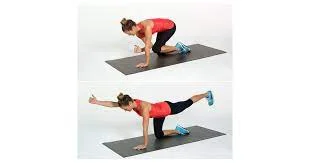
How to do bird dogs:
- Start with your hands and knees, place your hands under your shoulders and knees under your hips.
- Now position your knees and hip distance apart and focus your gaze between your hands.
- Now exhale, and drag your belly button in, toward your spine, by engaging your core while you extend your one leg back and the opposite arm forward.
- Tip: Keep it at your hip level and avoid rotating them as you extend. Your core stays activated by the whole time.
- Now bring your leg and arm back to the starting point.
- Repeat the same with the alternate arm and leg.
(8) Bird Dog Knee To Elbow:
- Elbow-to-knee touch.
- Get on all fours
- Breathe deeply.
- Keep your back straight.
- Raise one leg to the back
- Now lean forward with the opposite hand to form a straight line.
- Keep your core engaged to maintain stability.
- Start bringing your elbow towards your knee. Avoid rounding your back. Simply bring them close together.
- They don’t have to touch.
- Go back to the starting position.
- Switch sides.
(9) Side Planks:

How to do side planks:
- Begin by laying on your side with your legs straight and assemble them on top of each other, then prop yourself up onto the bottom of the elbow.
- Your elbow should be directly beneath your shoulder with the hand and forearm resting on the floor.
- Tip: Try to keep your shoulders, hips, and feet in a linear position.
- Pull your belly button in towards your spine. Keep your core engaged, and squeeze your glutes to lift your hips up off of the floor.
- Now slowly lower your hips back down to the floor.
- Tip: If putting your feet together is too difficult, try keeping your top foot on the floor in front of your bottom foot, touching heel to toe.
- Note: It is a full-body exercise that activates your core, the back, the glute muscles, and shoulder stabilizers.
- If it produces pain, which considers modifying the exercise by bending your knees and lifting from your elbow and knee instead.
(10) Plank Shoulder Taps:
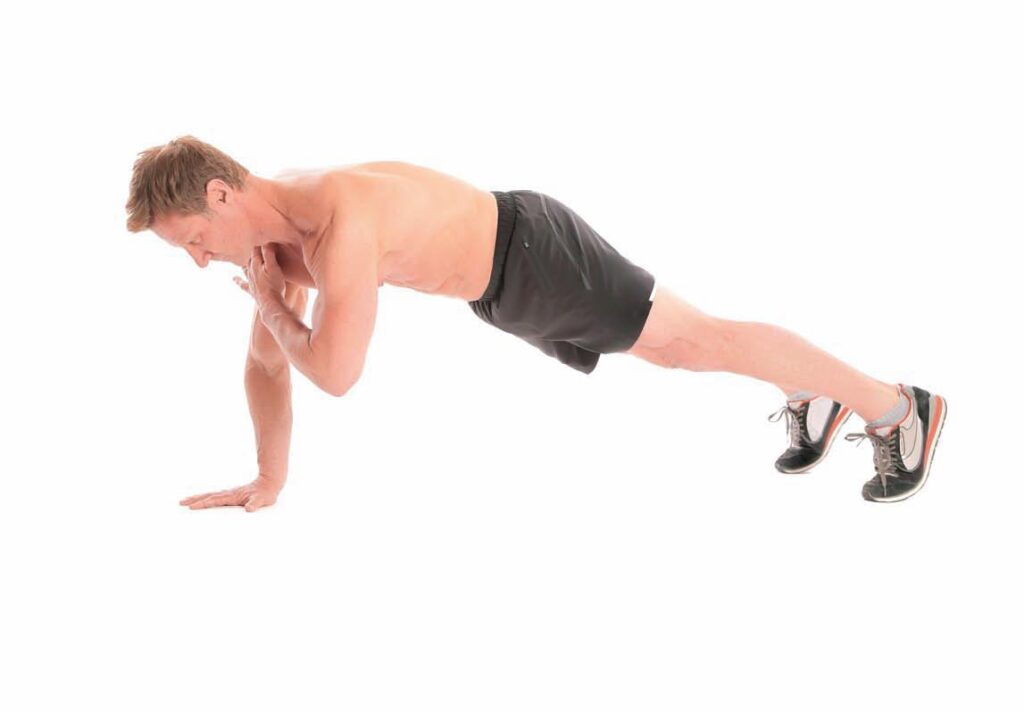
- Concentrate on maintaining a solid plank pose without dropping your hips or lifting your glutes up.
- Perform as many shoulder taps as you can do it without sacrificing form.
- Related: Avoid the plank mistakes.
(11) Plank Knee Taps:

- Start with getting in a plank position.
- Keep your core engaged.
- Begin with lowering your knees down to tap the mat, and quickly extend your legs back up.
- Perform as many repetitions as you can perform without sacrificing form.
(12) Deadbug:
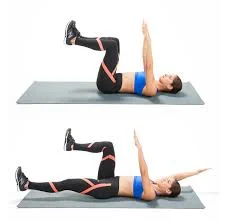
How to do dead bugs:
- Begin with lying down on the floor, on your back with your arms at your sides, knees bent, and feet flat on the floor.
- Now draw your belly button in, towards your spine to engage your core.
- By keeping your core engaged, lift one leg at a time into a tabletop position.
- Now raise your arms in the air straight up as though trying to touch the ceiling.
- Tip: Try to move it slowly and concentrate so that you do not allow your legs to touch the floor.
- Note: To increase the activation, try to hold a yoga ball in the air by pressing it against your knees with the palms of your hands.
- Gently press the ball in order to hold it in place above your torso throughout this exercise.
(13) Rollouts with stability ball:
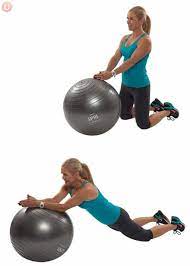
How to do rollouts:
- Kneel with both knees directly underneath your hips.
- Now place a stability ball directly in front of you with your hands joined together and resting on top of the ball.
- Draw your belly button in towards your spine to engage your core and keep it engaged throughout the movement.
- While using your arms, begin to roll the ball away from you.
- As the ball rolls, you will press your forearms into the ball, followed by your elbows.
- Keep your shoulders, hips, and knees in an aligned position, as your body lowers toward the ground.
- Tip: Remember to keep your shoulders down and back and away from your shoulders and do not hold your breath.
- Once you have lowered your torso into a modified plank position with good control, stop the ball from rolling further.
- Now use your arms to drag the ball back towards you, and try to keep your back straight as your return to a kneeling position.
Note: Remember to keep your hips, shoulders, and knees aligned throughout this movement; avoid pushing your hips up in the air, and also avoid shrugging up your shoulders towards your ears, or don’t let your hips fall towards the ground as you roll your back and forth. position.
(14) Plank Knee To Elbow:
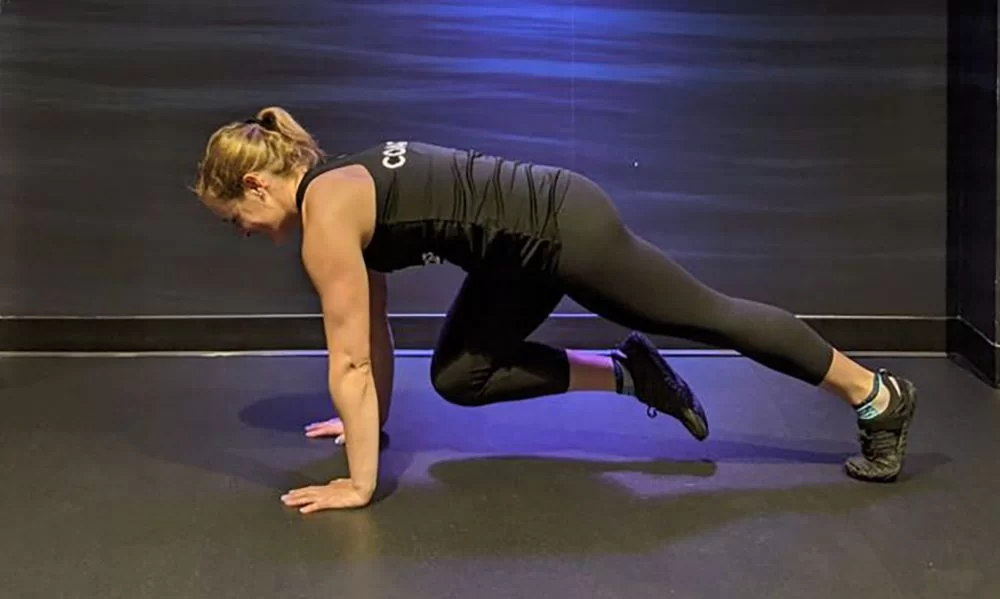
- Start by getting into the plank position.
- Engage your core.
- Now bring one knee to your elbow without over-rounding your back.
- Then bring your leg back to the starting position and switch sides.
(15) Hip Dip:

It is working basically in the entire core, including the rectus abdominis, transverse abdominis, and obliques muscles. It is the finest, because it is easy to progress and teaches how to create tension throughout the body, it also has a high carryover to other exercises like push-ups and pull-ups in terms of assignation, so you can learn how to engage your abs finer in all the exercises you perform.”
How to do it:
- Firstly, lie down to face up with your legs extended and arms straight over your head, and keep them close to your ears.
- Now contract your abs to press your lower back into the ground.
- Point your toes, squeeze your thighs and your glutes together, and lift your legs off the ground.
- Now lift your shoulders off to the ground and keep your head in a neutral position so that you are not straining your neck.
- Now keep your middle back and legs both off to the ground, and you should be in the shape of a banana with just your lower back and hips on the ground.
- This will be your starting position.
- Slowly lean forward and backward, keeping everything tight, to the point that your feet and hands nearly touch the floor.
- If this is too difficult to maintain, get into the starting position and simply hold.
(17) Leg Raise:
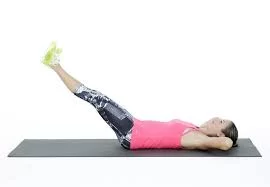
This exercise hits your lower abdominal area and it is also an excellent exercise to strengthen and lengthen the hip flexors, which play an important role in core stability and strength. It will be going to help to get your hip mobility, which will also help with all the different areas of your fitness journey, not just for strengthening your abs. It is very common for a person to have tight hip flexors, especially if you are working like sitting at a desk all day, so adding these in will help your flexibility in that area.
How to do it:
- Lie down with your legs extended and hands at your sides or tucked beneath your hips for extra support.
- Now slowly raise your legs, as straight as possible, and keep them together until the soles of your shoes are facing the ceiling.
- Then slowly lower your legs down. Don’t let your feet touch the floor; instead, keep them hanging a few inches off.
- That’s one rep.
- As you do this movement, make sure to keep your lower back flat on the floor. If you’re feeling difficulty while doing that, don’t lower your legs as far.
Activating and strengthening these deep core muscles will help you to get immediate relief, as well as support and protection.
Benefits of Physical Therapy for Core Strengthening:
- Improve stability.
- Improve Endurance.
- Increase physical fitness.
- Relief pain.
FAQ’s
Which is the deepest core muscle?
The transverse abdominis is the deepest core muscle. It is the deepest muscle layer. It plays an important role to stabilize the trunk and also maintain internal abdominal pressure.
What are the 4 deep core muscles?
The four deep core muscles are Diaphragm, Pelvic floor, transverse abdominis, and Multifidus. To provide support to the entire body, these four deep core muscles work together. If one of them is engaged incorrectly, overactive, or inactive it can result in a dysfunction.
How can I get a deeper six-pack?
Doing the crunches with the knees up can really help to activate the upper abs. You can also throw in reverse crunches (curl up from the pelvis) to ensure a good contractile activation of the lower abs. The twisting variations of crunches can also be included to ensure the good activation of the obliques.
What are the benefits of deep core exercises?
Deep Core exercises improve your balance, stability, and endurance and also increase your physical fitness.
What is the highest pack abs?
A 12-pack is the biggest and the highest-pack abs. Believe it or not, there are some recorded occurrences of people with 12-pack abs muscles during autopsies. Relatively speaking, the chances of having a 12-pack are very less, if you take the overall percentage of people that have another type of abs.

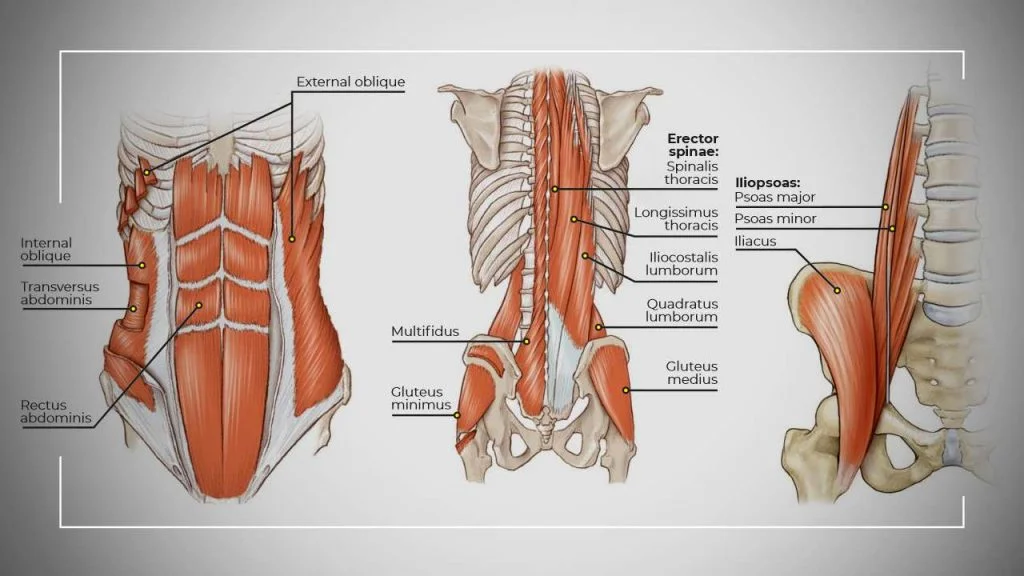
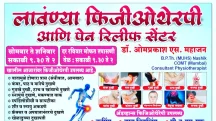
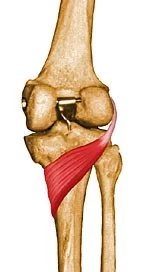
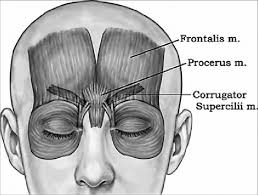
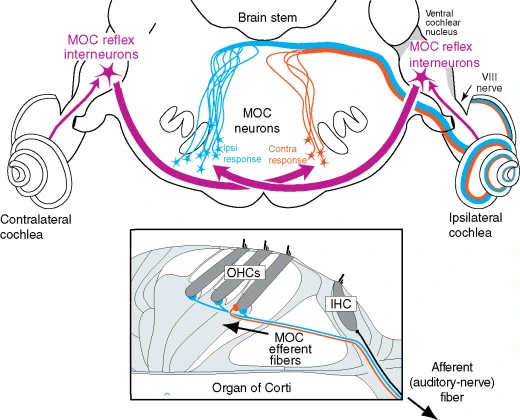
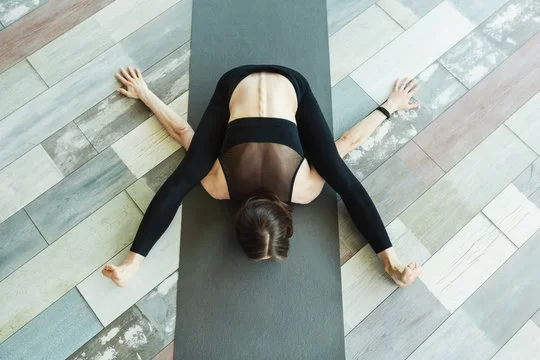

5 Comments